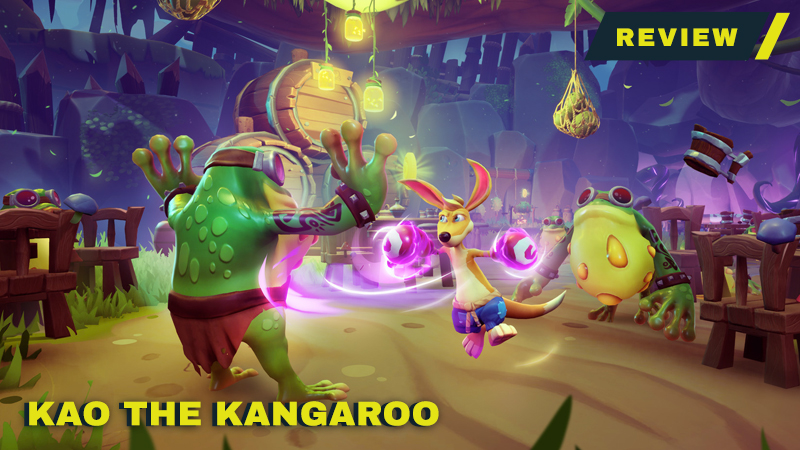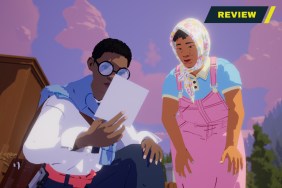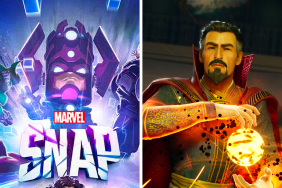I’ve never played a Kao the Kangaroo game, although I spent much of my childhood platforming my way through any magical 3D world I could find. If the protagonist was an anthropomorphic animal, then that was even better, as I spent plenty of time with Croc, Spyro, Sonic, and other lovable mascots. So, playing the Kao the Kangaroo reboot brought up a lot of conflicting feelings of an era where 3D platforming was highly popular, even if the gameplay back then wasn’t always refined since developers were still figuring out how to best make 3D titles. And Kao perfectly fits into that era of early ’00s gaming, warts and all.
Kao (pronounced as “K.O.”) is a fit kangaroo that fittingly sports two boxing gloves that justify his namesake. Unlike his plumber counterpart, Kao doesn’t primarily hop on enemies, choosing to bash them with his fists instead. There are a few other moves, such as a roll and a ground pound that are familiar fare for the genre, so there’s not all that much unique about Kao. Even the idea of controlling a boxing kangaroo isn’t all that unique, as Tekken already went down that route in a more humorous fashion.
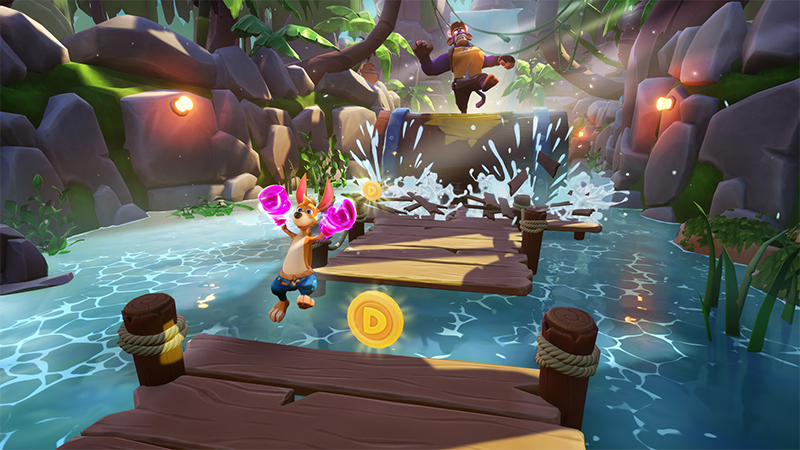
This sense of familiarity is both Kao the Kangaroo‘s greatest strength and one of its most notable weaknesses. There is nothing here even casual platforming fans haven’t seen before. The boss fights are simple tests of memorization that would fit into any B-tier Crash Bandicoot title after Naughty Dog sold the franchise, the puzzles deal with using different elements at your disposal (such as using a fire punch to melt ice), and the combat is in that fundamentally “fine yet not exciting” zone that so many games fell into 15 years ago. There are even clear rip-offs of Crash‘s run toward the camera levels as you’re being chased. Anyone looking for originality won’t find it here.
However, originality is not the reason to pick up Kao the Kangaroo. Its appeal almost solely stems from its familiarity and not from any ambition of bringing the 3D platformer into a new golden era. There’s an implicit understanding that, even if it doesn’t reach the same highs as its platforming inspirations (and it doesn’t), it still fits like a warm blanket, providing a hug of nostalgia in its design. It is meant to remind players of the games they loved growing up, whether it was the old Kao games or their more famous counterparts. The fact that there aren’t a ton of cute 3D platformers being made anymore gives Kao an easy lane to find success in even if it never captivates beyond that.
To its credit, Kao looks and plays well for the most part. Combat is plain but it is responsive enough to never become a complaint. The colorful world features plenty of variation as levels go from one trope to the next, so you’ll see lava-filled levels and icy mountains that tick off all the different boxes while not providing anything actually memorable. This might sound like a complaint, but it also works to the game’s advantage since it is part of Kao‘s whole appeal as comfort food; few are booting it up expecting a masterpiece. It’s a pretty straightforward platformer that has been gussied up well and it hits all the marks for players looking to get their dose of nostalgia before they put it down.
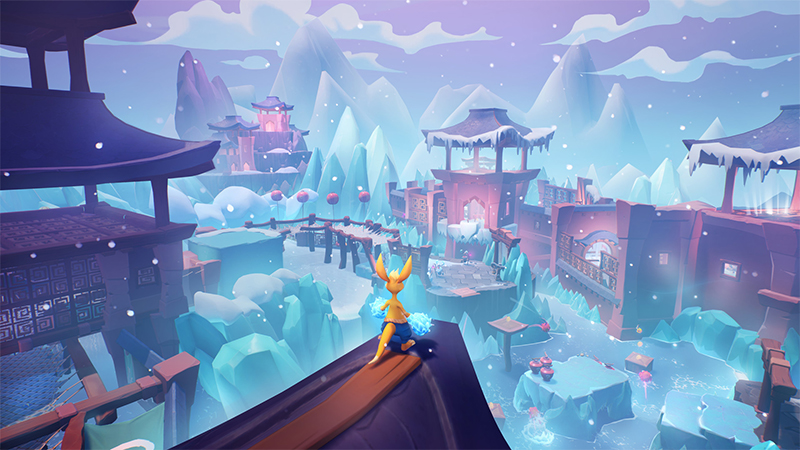
Kao the Kangaroo‘s biggest problem is its level unlock requirements, as there isn’t a ton of wiggle room when it comes to how many orbs you need to collect to continue playing new stages. If you’re not taking your time through section and checking for secret areas, then you’ll likely not have enough orbs and will have to replay previously completed worlds in order to keep going. Whether or not that annoys its younger audience, who will be looking purely for fun rather than nostalgia, remains to be seen, although it’s possible they’ll have more patience when it comes to replaying the same stages.
Kao the Kangaroo is a polished platformer that, to its credit and detriment, feels like a time capsule. It’s so much of a throwback that its simplistic nature is both its greatest attribute while also holding it back from being a great playing game in the year of our Lord 2022. Those that are just looking for nostalgia will find that here, even if the warm memories and joyful platforming disappear rather quickly since it’s not as good as the classics whose charm it is trying to recapture.
SCORE: 6/10
As ComingSoon’s review policy explains, a score of 6 equates to “Decent.” It fails to reach its full potential and is a run-of-the-mill experience.
